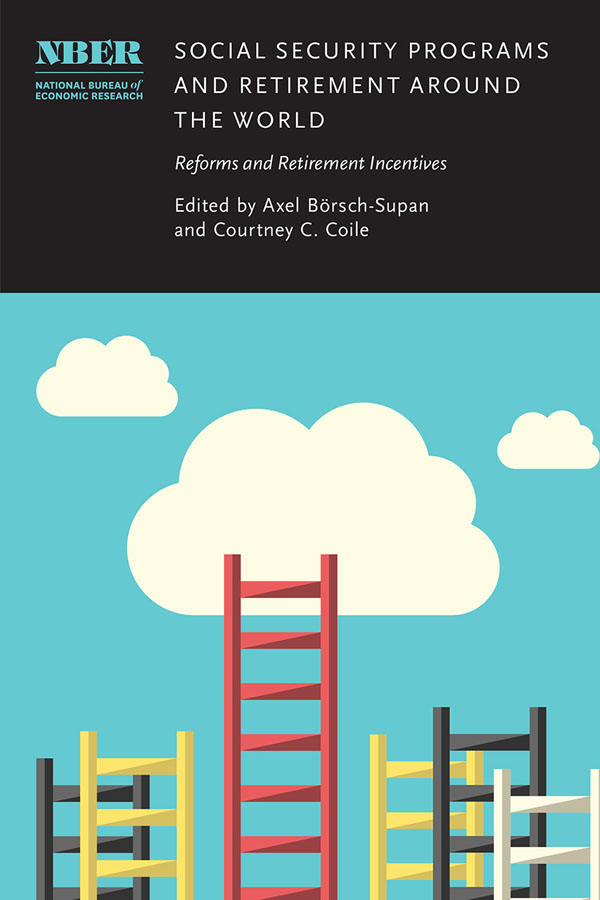Reforms of an Early Retirement Pathway in Germany and Their Labor Market Effects
By Regina T. Riphahn & Rebecca Schrader We investigate the unemployment pathway to retirement in Germany and study the causal effects of two early retirement reforms. Reform 1 (NRA) increased normal retirement age stepwise from 60 to 65. Simultaneously, it became possible to use early retirement with benefit discounts. Reform 2 (ERA) increased the age of early retirement stepwise from 60 to 63. We investigate behavioral responses to the reforms using administrative data and difference-indifferences strategies. We find strong and...










